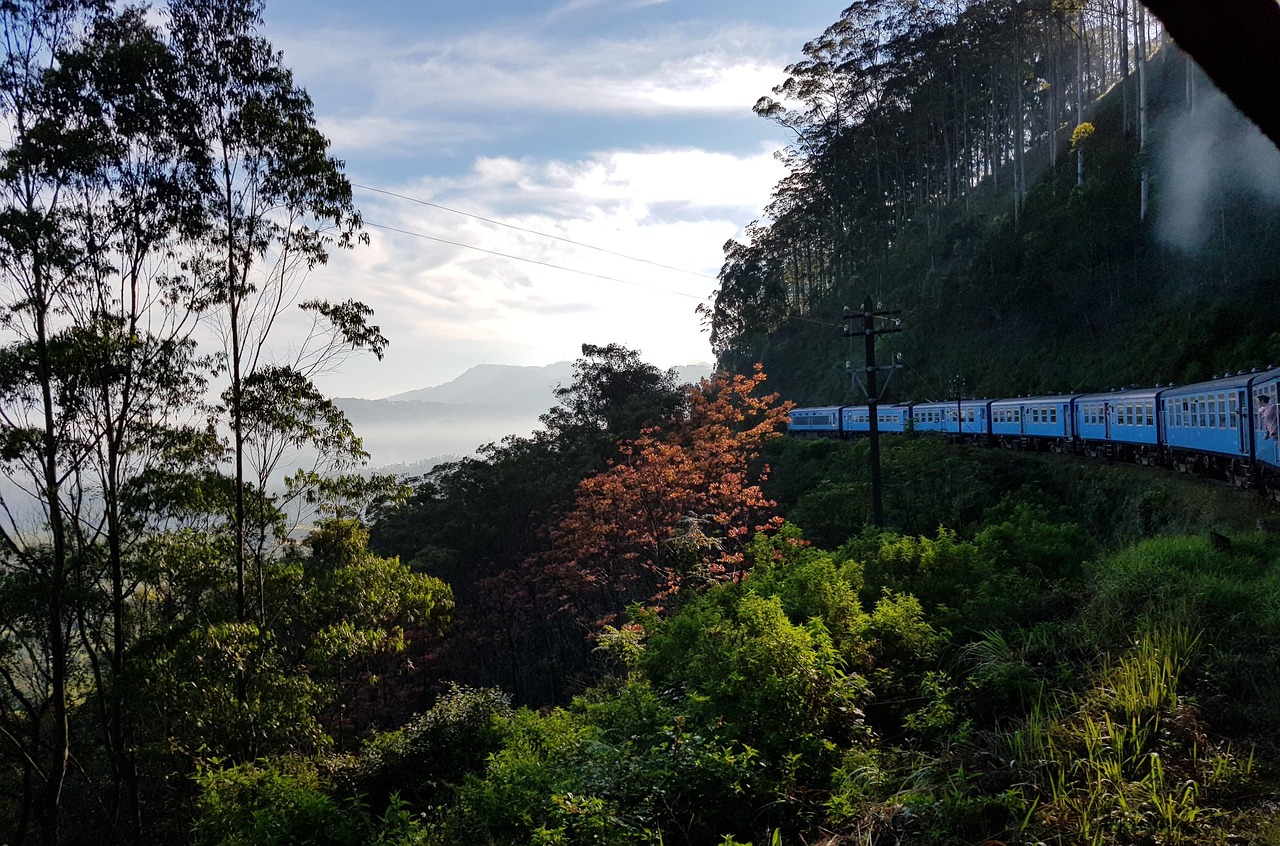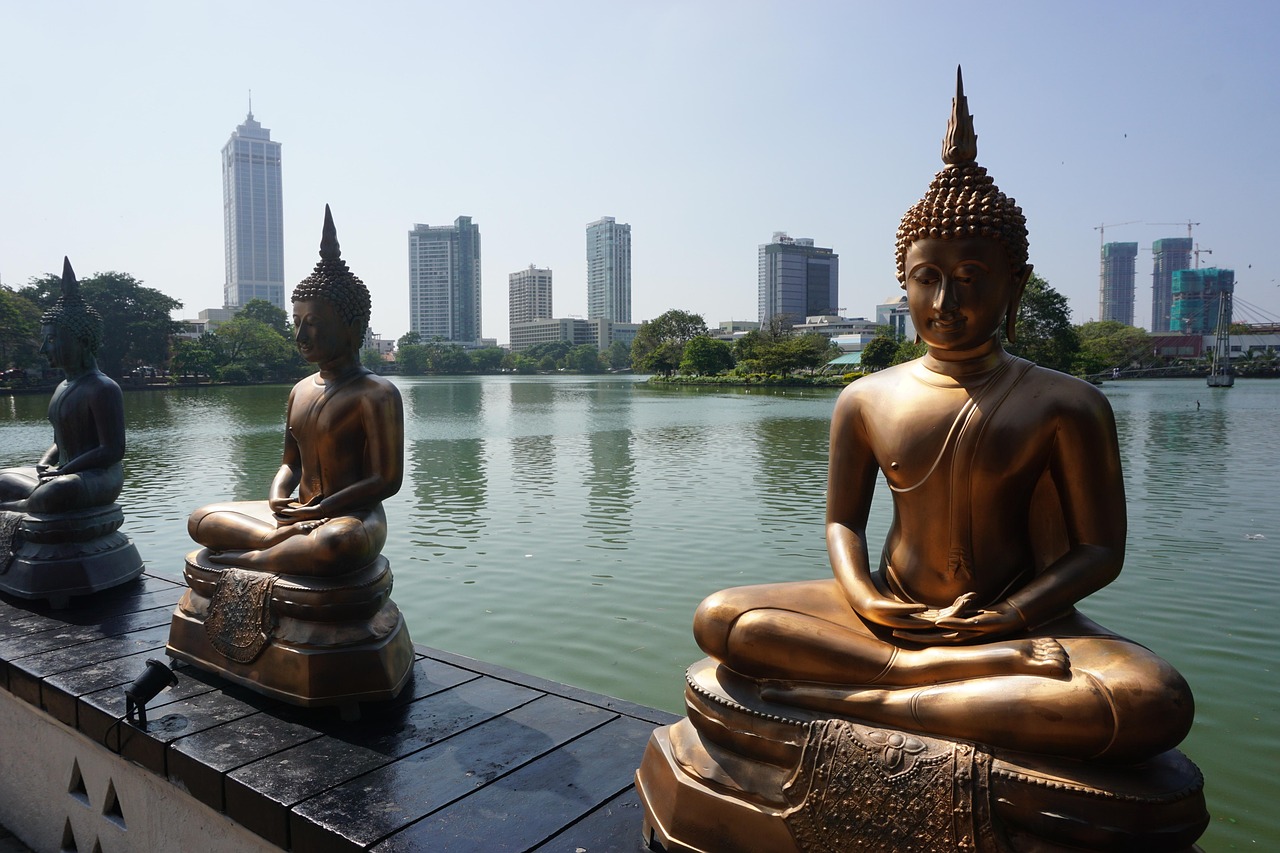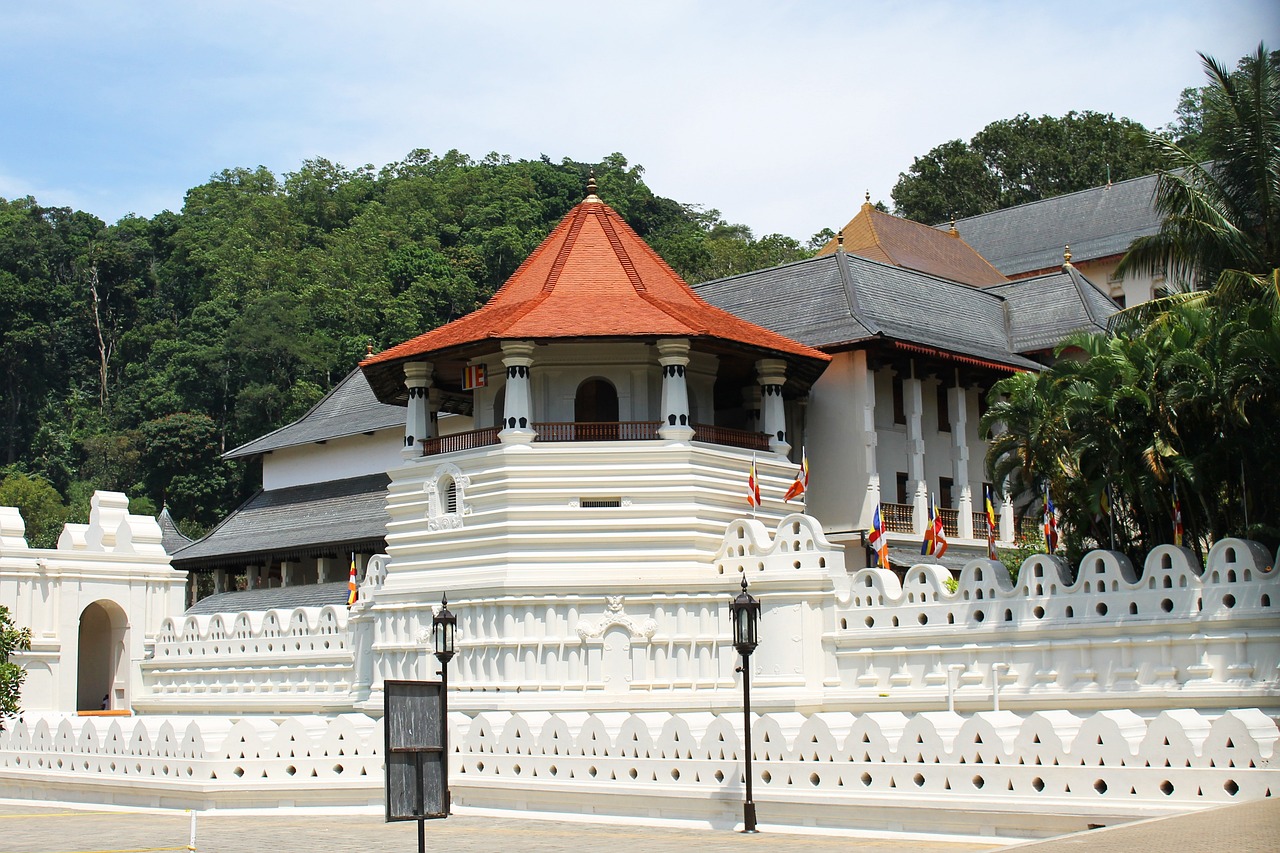Nestled in the lush, misty highlands of Sri Lanka’s Badulla District, Ella has transformed from a sleepy mountain village into one of the island nation’s most beloved tourist destinations. With its breathtaking landscapes, rich biodiversity, historical significance, and warm local culture, Ella offers visitors an authentic Sri Lankan experience that combines natural beauty with cultural heritage.
Geographic Setting and Climate Ella Sri Lanka
Ella sits approximately 1,041 meters (3,415 feet) above sea level in Sri Lanka’s central highlands. The town is strategically positioned with views of the Southern Plains and the coastline on clear days. Ella’s location within a gap in the mountain range—known as “Ella Gap”—creates a stunning natural corridor with panoramic vistas that stretch all the way to the southern coast.
The climate in Ella is typically cooler than the coastal regions of Sri Lanka, with average temperatures ranging between 15-24°C (59-75°F). The region experiences two monsoon seasons: the southwest monsoon (May to September) and the northeast monsoon (November to March). The ideal time to visit is during the drier periods from January to March and July to September when the skies are clearer for hiking and sightseeing.
Historical Significance
Ella’s history is interwoven with the colonial past of Sri Lanka. During British rule (1815-1948), the area gained importance as a center for tea production. The British established tea plantations across the hills, forever changing the landscape and economy of the region. The construction of the railway line from Colombo to Badulla through Ella in the early 20th century was a remarkable engineering achievement that connected this remote region to the rest of the country.
Archaeological evidence suggests human settlement in the broader region dates back centuries, with connections to ancient kingdoms of Sri Lanka. Legends associate some local sites with the Ramayana epic, claiming that Ravana, the legendary king, had his fortress in these mountains.
Natural Attractions
Ella Rock
Ella Rock stands as one of the most popular hiking destinations in the area. The moderate 4-hour round trip trek takes hikers through tea plantations, dense forests, and along railway tracks. The summit offers breathtaking 360-degree views of the surrounding mountains and valleys. Early morning hikes are particularly rewarding as the sunrise breaks through the morning mist.
Little Adam’s Peak
Named after the sacred Adam’s Peak mountain in Sri Lanka, Little Adam’s Peak provides a less strenuous hiking option. The 45-minute climb leads to a panoramic viewpoint overlooking the Ella Gap. The trail winds through verdant tea estates where visitors can observe tea pluckers at work, harvesting leaves using traditional methods.
Nine Arch Bridge
Perhaps Ella’s most photographed attraction, the Nine Arch Bridge (also known as the ‘Bridge in the Sky’) is a colonial-era railway viaduct built entirely of brick, stone, and cement without any steel reinforcements. Completed in 1921, this architectural marvel spans 91 meters and stands 24 meters tall. The bridge’s nine arches set against the backdrop of lush green hills create a picturesque scene, especially when a blue train passes over it.
Ravana Falls
Located approximately 6 km from Ella town, Ravana Falls is a cascading waterfall with mythological significance. According to the Ramayana, it is believed that King Ravana hid Princess Sita in caves behind these falls. The 25-meter high falls are particularly impressive during the rainy season when water volume increases dramatically.
Ella Gap
The Ella Gap offers one of Sri Lanka’s most dramatic natural vistas. This natural mountain pass creates a stunning visual corridor between the highlands and the southern plains, with views extending all the way to the coast on clear days. The changing light throughout the day transforms the landscape, making it a paradise for photographers.
Flora and Fauna
The biodiversity around Ella is remarkable, with the region home to numerous endemic plant and animal species. The highlands contain remnants of cloud forests that harbor rare orchids, medicinal plants, and various fern species. Birdwatchers are rewarded with sightings of species like the Sri Lanka hanging parrot, yellow-fronted barbet, and Sri Lanka wood pigeon.
The forests around Ella are habitat to mammals including purple-faced langurs, toque macaques, barking deer, and occasionally leopards in more remote areas. Butterfly enthusiasts will find the region particularly rewarding with numerous species including the endemic Sri Lankan tree nymph.
Tea Culture and Plantations
Ella’s economy and landscape have been shaped by tea cultivation since the British colonial era. The surrounding hills are carpeted with neat rows of tea bushes that create geometric patterns across the slopes. Several tea factories in the region offer tours where visitors can learn about the process of transforming the green leaf into the finished product.
The traditional method of tea plucking—mostly done by Tamil women carrying baskets on their backs—remains largely unchanged for generations. A visit to a working tea plantation provides insight into this labor-intensive process and the social history of the tea industry in Sri Lanka.
Local Culture and Lifestyle
The cultural tapestry of Ella reflects Sri Lanka’s diverse heritage. The local population includes Sinhalese, Tamil, and Muslim communities, each contributing to the area’s cultural richness. Traditional village life continues alongside tourism development, with paddy cultivation, home gardens, and traditional crafts still practiced.
The cuisine of Ella combines elements of traditional Sri Lankan cooking with unique hill country variations. Rice and curry remains the staple meal, but the cooler climate allows for the cultivation of vegetables not grown in lowland areas. Local specialties include roti with various fillings, hoppers (bowl-shaped pancakes), and fresh mountain vegetables prepared with aromatic spices.
Tourism Infrastructure
The growth of tourism has transformed Ella from a quiet railway stop to a vibrant destination with accommodations ranging from budget hostels to luxury eco-resorts. The main street has developed into a hub with cafes, restaurants, and shops catering to international visitors.
Despite this development, Ella has maintained much of its charm, with most establishments designed to complement rather than overwhelm the natural setting. Many accommodations offer panoramic views and are constructed using sustainable practices that minimize environmental impact.
Transportation and Accessibility
The journey to Ella is often described as one of the world’s most beautiful train rides. The railway line from Kandy to Ella winds through misty mountains, tea plantations, and tunnels carved through hills. The blue trains that traverse this route have become iconic symbols of travel in Sri Lanka.
Ella is also accessible by road, approximately 200 kilometers from Colombo, though the winding mountain roads make for a longer journey time than the distance might suggest. Within Ella, tuk-tuks serve as the main form of local transportation, providing convenient access to attractions beyond walking distance.
Sustainable Tourism Challenges
The rapid growth of tourism in Ella presents both opportunities and challenges. While tourism has brought economic benefits, it has also placed pressure on infrastructure and natural resources. Issues such as waste management, water usage, and construction on sensitive lands require careful consideration.
Community-based tourism initiatives have emerged to ensure that benefits from tourism flow to local residents. These programs offer authentic experiences like cooking classes, guided nature walks, and homestays while supporting sustainable livelihoods for the local population.
Activities and Experiences
Beyond hiking and sightseeing, Ella offers a range of activities for visitors:
Cooking Classes
Several restaurants and guesthouses offer cooking classes where visitors can learn to prepare traditional Sri Lankan dishes using fresh local ingredients. These hands-on experiences typically include a visit to the local market to select spices and produce.
Spa and Ayurvedic Treatments
The tranquil setting makes Ella an ideal location for wellness experiences. Several establishments offer traditional Ayurvedic treatments and massage therapies using locally sourced herbs and oils.
Zip-lining
For adventure seekers, a zip-line operation offers the thrill of flying through the Ella Gap with panoramic views of the surrounding landscapes.
Pottery and Craft Workshops
Traditional crafts are preserved through workshops where visitors can try their hand at pottery making, weaving, or woodcarving under the guidance of local artisans.
Day Trips from Ella
Ella’s central location makes it an excellent base for exploring other attractions in the hill country:
Horton Plains National Park
Located about 80 kilometers from Ella, this highland plateau features unique cloud forests, grasslands, and the famous World’s End precipice with a 880-meter drop.
Udawalawe National Park
A two-hour drive from Ella leads to this wildlife sanctuary known for its large elephant population and diverse bird species.
Lipton’s Seat
This viewpoint was a favorite spot of Sir Thomas Lipton, the tea magnate. The panoramic views of plantations and valleys are particularly stunning in the early morning before the mist rises.
Cultural Festivals and Events
Visitors to Ella might encounter colorful local festivals depending on the timing of their visit:
Sinhala and Tamil New Year (April)
This national celebration brings communities together with traditional games, special meals, and cultural performances.
Vesak (May)
The Buddhist festival celebrating Buddha’s birth, enlightenment, and passing includes beautiful lantern displays and religious ceremonies.
Kataragama Festival (July-August)
This important religious festival includes fire-walking rituals and processions honoring the deity Kataragama, revered by Buddhists, Hindus, and indigenous Vedda people.
Conclusion
Ella represents the perfect blend of natural beauty, cultural heritage, and modern amenities that has made Sri Lanka an increasingly popular destination. The transformation of this once-quiet hill station into a tourism hotspot reflects broader changes in Sri Lanka’s tourism industry, but the fundamental appeal of the place remains the breathtaking landscapes and the warm hospitality of its people.
As sustainability challenges are addressed and infrastructure continues to develop, Ella is poised to remain one of Sri Lanka’s most beloved destinations—a place where visitors can experience the magic of the island’s central highlands while connecting with its rich cultural tapestry. Whether seeking adventure, relaxation, or cultural immersion, Ella offers a multifaceted experience that captures the essence of Sri Lanka’s diversity in one picturesque mountain setting.
Submit your review | |


